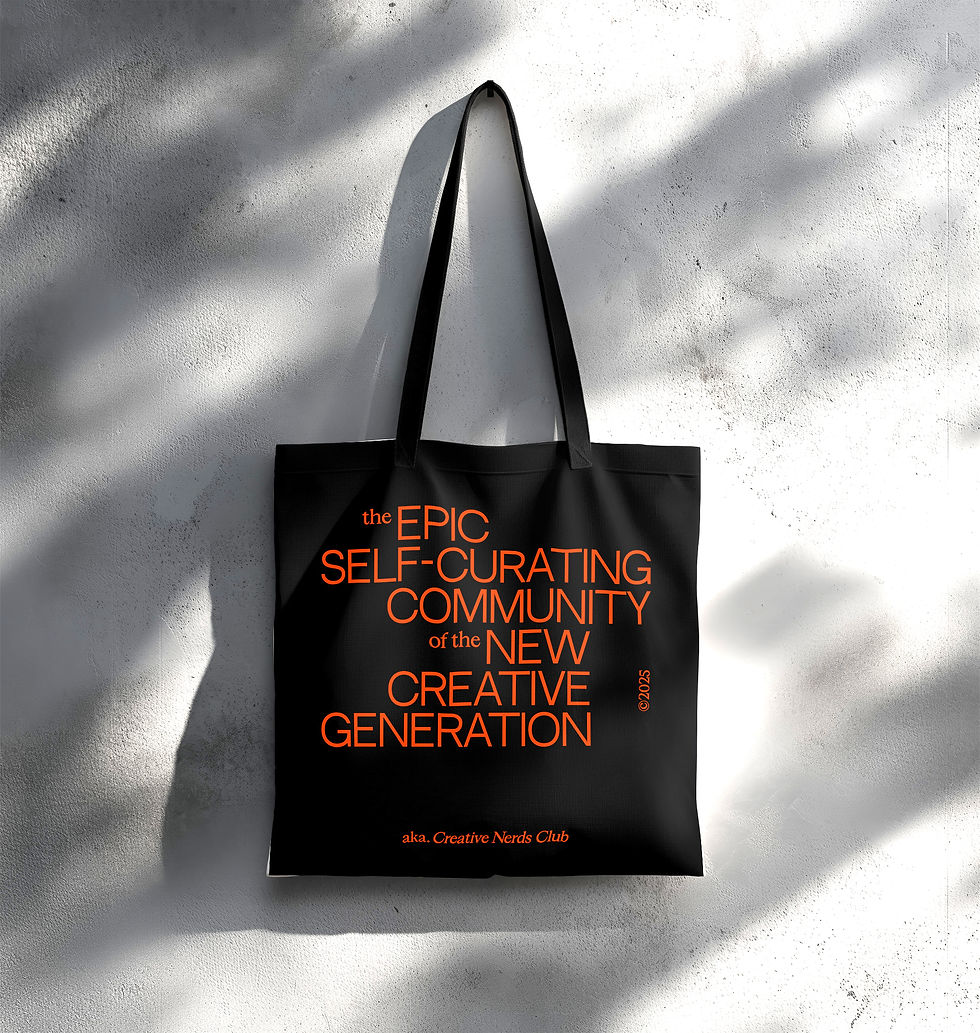Garcé & Dimofski | Design Studio & Art Gallery
- Onur Çoban

- Sep 6, 2024
- 3 min read
Updated: Jan 10

With a wide range of activities and initiatives, Oliver Garcé and Clio Dimofski challenge traditional categorisations of what a design studio or an art gallery should be. Operating from their home and exhibition space in Lisbon, they are constantly exploring new design languages, both independently and as curators of some of the most sought-after makers in the design community. We talked to the creative duo about their vision and their work, producing objects of discovery that are always made with respect for craftsmanship.
Interview: Onur Çoban
Who is Garcé & Dimofski? Can you briefly tell us about yourself?
Garcé & Dimofski is a design studio founded by Clio Dimofski and Olivier Garcé, specializing in architecture and design, beside their gallery of furniture items. Our work is defined by a commitment to crafts, eclecticism, and aesthetic excellence. We strive to create designs that are not only visually compelling but also deeply connected to the needs and experiences of the people who interact with them.
Lisbon apartment
How would you define your design philosophy?
Our design philosophy centers on minimalism and eclecticism, blending simplicity with a diverse range of influences. We prioritize craftsmanship above all else, drawing inspiration from historical references such as Ruhlmann, Alvaro Siza, and Jacques Doucet to inform and enrich our approach.
Can you tell us a little about your design process? Are you closer to analogue techniques or digital?
Our design process is a blend of both analogue and digital techniques. We often start with hand sketches and physical models to explore initial concepts and refine our ideas. Once we have a solid direction, we transition to digital tools for detailed design, simulations, and refinements.
"This hybrid approach allows us to leverage the tactile feedback of analogue methods while taking advantage of the precision and versatility of digital technology."

What factors do you consider when researching materials or choosing materials for your new projects? Can you tell us a little bit about your material choices in your work?
When researching materials, we prioritize factors such as durability, sustainability, and aesthetic compatibility with the overall design. We also consider the environmental impact of our material choices, opting for those that are recyclable or have a lower carbon footprint. For example, in our recent project Anjos, we used local wood such as chestnut or ceramic for the finishes, because they offered both the desired aesthetic and environmental benefits.
Which of your works has excited you the most in terms of the design process and the final product?
Among our works, the Fred Chair stands out as our most exciting achievement. It perfectly embodies our vision of integrating local materiality with sophisticated design. The design process was particularly stimulating, especially in resolving the complex connection between the upholstered part and the base. This challenge pushed us to innovate and refine our approach, resulting in a final product that we’re exceptionally proud of.

Minjae Kim’s sculptural floor lamp & chair by Charlotte Tayor, Photo by Inês Silva Sá
Can you tell us a little bit about the sources of inspiration behind your work? Who are the names you follow with curiosity in this field or in different disciplines?
Our sources of inspiration are quite diverse and often rooted in both historical and contemporary references. We are particularly fascinated by past movements and aesthetics because they offer a rich tapestry of styles and ideas that continue to resonate today. For instance, we draw a lot of inspiration from Pierre Legrain's furniture, which showcases an exquisite blend of craftsmanship and elevated design through the last century. Simultaneously, we find ourselves captivated by the work of Philip Johnson, particularly his architectural designs, which provide a modernist perspective that balances simplicity with sophistication. This interplay between historical richness and modern minimalism helps us explore new dimensions in our own work.
Are you excited for the future? What are your plans?
Absolutely, I’m really excited about the future! One of our main focuses is to explore more materiality in our design approach, particularly through working with clay and glazes. I believe that diving deeper into these materials can offer new dimensions and textures to our designs.
On the architecture side, we’re committed to integrating crafts throughout every stage of the design and construction process. From hospitality projects to residential spaces, our aim is to enrich the overall experience by blending traditional craftsmanship with contemporary design practices. It’s all about creating spaces that are not only functional but also deeply connected to the craft and materials used.




















































